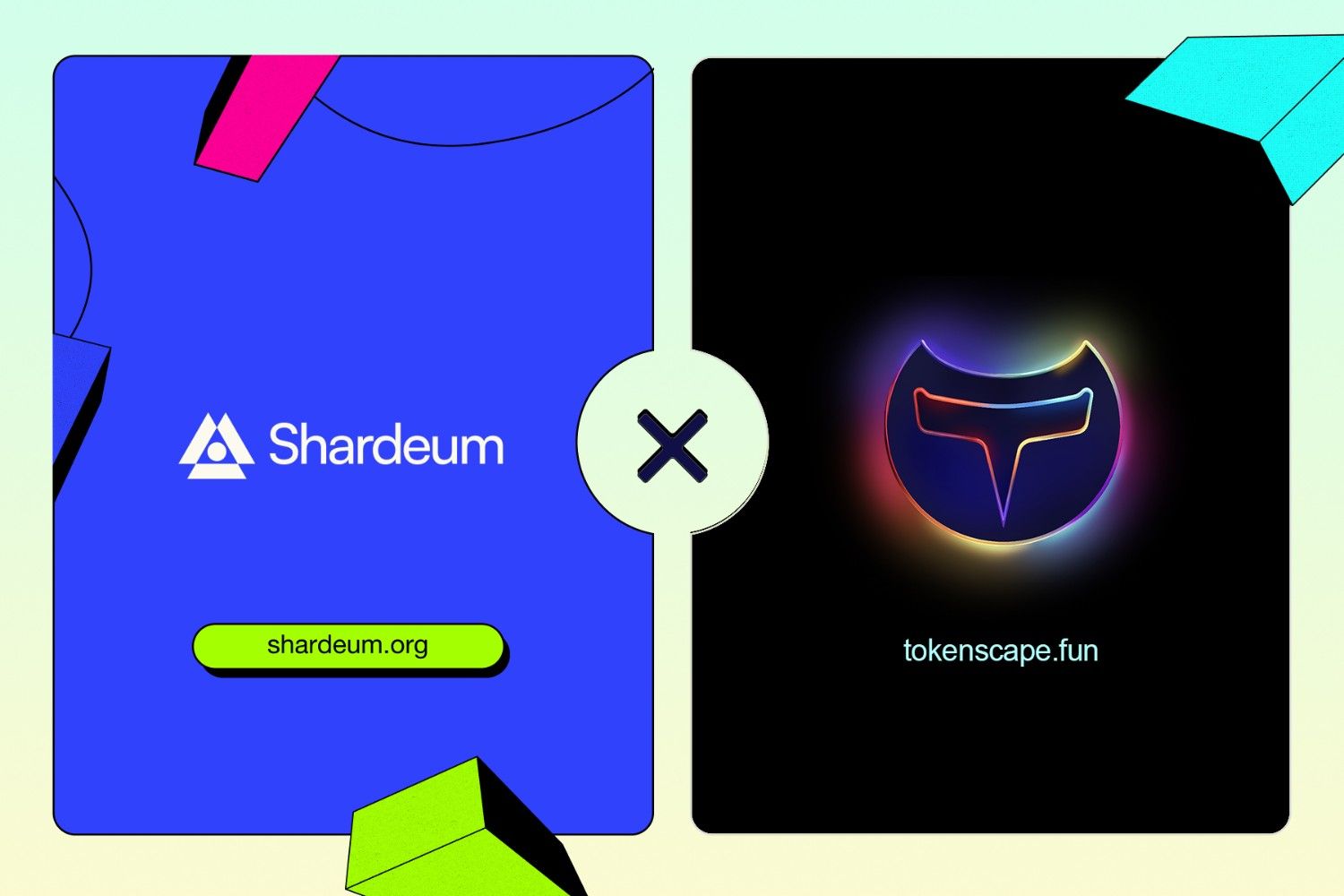
Categories: All

Shardeum partners with Tokenscape to introduce interactive gameplay that helps users explore Web3 tokens through simple, skill-based...
Written By
Explore Shardeum's key marketing metrics and growth highlights for December 2025, including community stats, engagement data, and campaign...
Written By
Shardeum’s 2025 journey from testnet to mainnet - covering the token-only launch, EVM smart contracts, governance milestones, and community-led...
Written By
Mint human-readable .shm domains on Shardeum with ZNS Connect and get ready for use cases like simple name-based payments and on-chain...
Written By
Learn how Humanode’s Biomapper brings privacy-preserving digital identity to Shardeum, helping developers build fair, human-verified...
Written By
Learn how to delegate SHM on Shardeum, choose reliable validators, and earn staking rewards. A step-by-step guide for beginners and existing...
Written By
Explore Shardeum's key marketing metrics and growth highlights for November 2025, including community stats, engagement data, and campaign...
Written By
The SHM Airdrop Verification Portal for the Shardeum EVM Testnet Quest is now live. Check your eligibility and complete BioMapper...
Written By
SHM trading, deposits, and withdrawals are now live again on all supported exchanges after Shardeum’s latest network...
Written By
Explore Shardeum's key marketing metrics and growth highlights for October 2025, including community stats, engagement data, and campaign...
Written By
NFTs2Me is now live on Shardeum mainnet! Create, deploy, and manage NFT collections - Editions, Drops, or Generative Art - without writing any...
Written By
Following the SHM token split, Shardeum is integrating APIs to enable real-time market cap and valuation updates on CoinMarketCap and...
Written By
Shardeum EVM mainnet is live with smart contracts, low fees, and full Ethereum compatibility - becoming the first L1 blockchain to drive Web3 adoption in...
Written By
470+ Proof of Community events
28,000 Attendees
22 Countries
470+ Proof of Community events
28,000 Attendees
22 Countries
470+ Proof of Community events
28,000 Attendees
22 Countries
470+ Proof of Community events
28,000 Attendees
22 Countries

Learn how to delegate SHM on Shardeum, choose reliable validators, and earn staking rewards. A step-by-step guide for beginners and existing...
Written By
Buy SHM from exchanges and easily add it to your Shardeum wallet. Follow this quick guide to fund your wallet and start using SHM on the...
Written By
Learn how to set up your Shardeum wallet and connect to the mainnet in minutes. Start using SHM on a network built for ultra-low fees and limitless...
Written By
